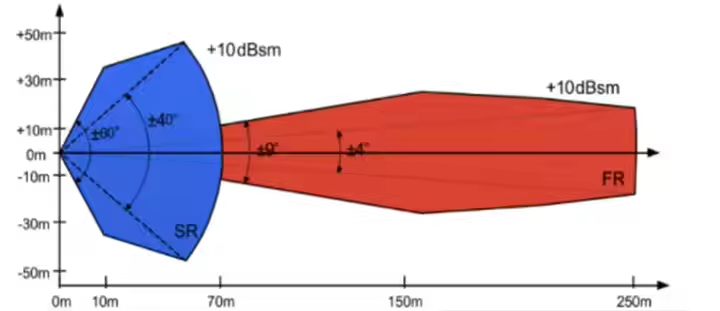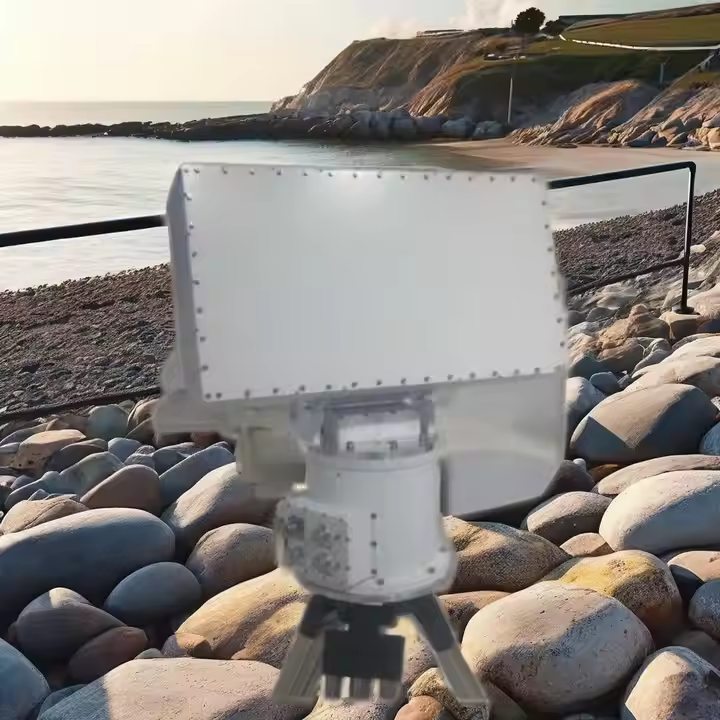millimeter wave wavelength
Millimeter wave wavelength represents a cutting-edge electromagnetic spectrum range between 30 GHz and 300 GHz, corresponding to wavelengths from 1 to 10 millimeters. This technology has revolutionized modern telecommunications and sensing applications through its unique characteristics. The high frequency nature of millimeter waves enables unprecedented bandwidth capacity, making it instrumental in 5G networks and high-speed wireless communications. These waves excel in short-range, high-capacity data transmission, supporting speeds up to multiple gigabits per second. In technological applications, millimeter waves demonstrate exceptional properties for radar systems, imaging technologies, and security scanning equipment. Their short wavelength allows for highly detailed resolution in imaging and precise object detection. The technology has found significant applications in automotive radar systems, airport security scanners, and medical imaging devices. In telecommunications, millimeter waves are crucial for addressing the growing demand for high-speed data transmission, particularly in dense urban environments. The technology also plays a vital role in satellite communications, enabling high-bandwidth connections for remote areas. Despite limited penetration through solid objects, innovative beam-forming techniques and advanced antenna designs have effectively addressed these challenges, making millimeter wave technology an increasingly viable solution for modern communication needs.


